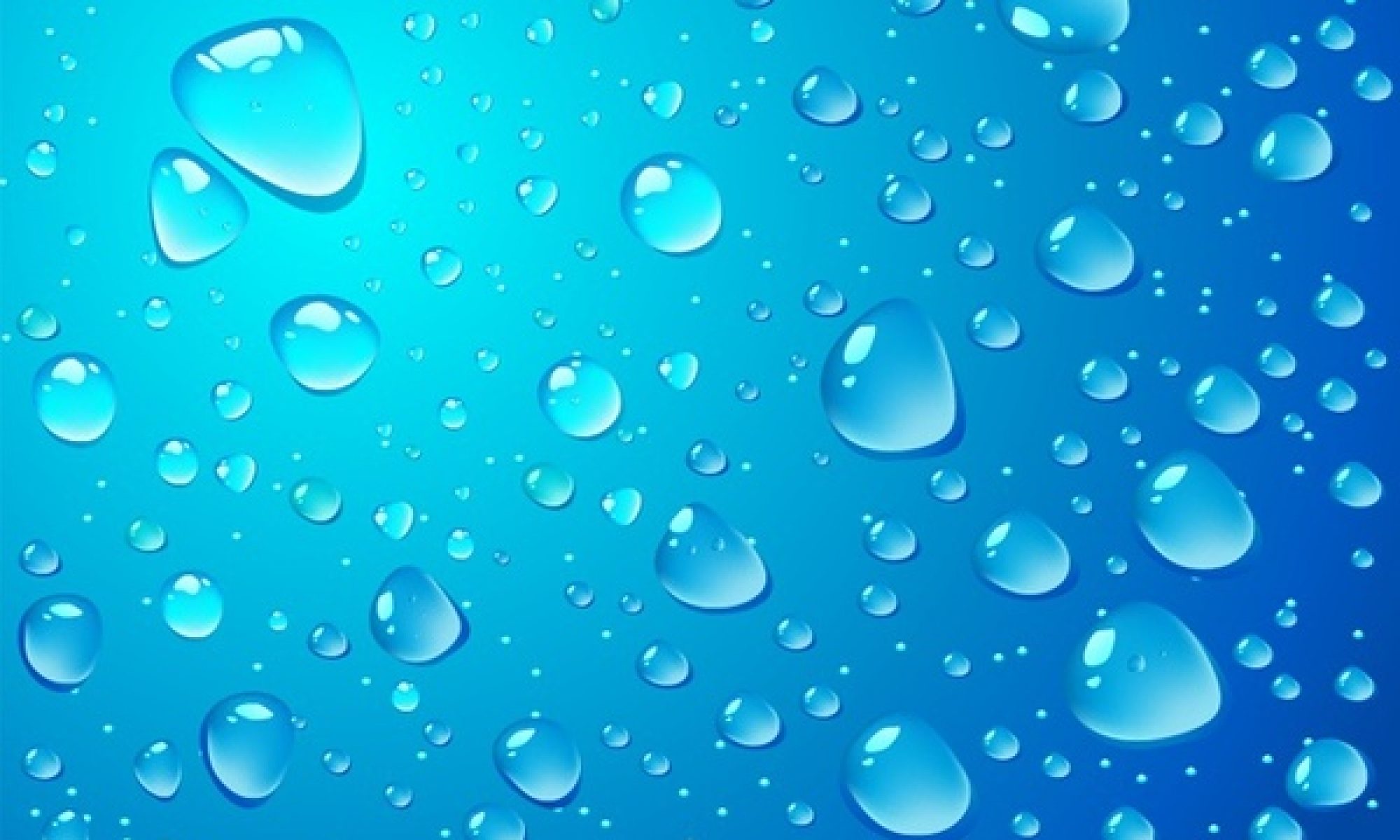There are plenty of things that can go wrong with your water softener over time, and regular maintenance is a must if you want to ensure that your unit works consistently. Below are a few common issues with water softeners and some tips that will help you make your softener work more efficiently and last longer.
Avoid Salt Bridges and Salt Mushing:
A salt bridge occurs when a hard crust forms in the brine tank and creates a space between the water and the salt. This prevents the salt from dissolving into the water to make the brine. You may notice an issue if your salt tank appears full, but your water seems hard. The best way to tell if you have a salt bridge is to take the end of a broom handle and press against the top of the salt wall. If the top of the salt collapses inwards, then you have a salt bridge.
Salt Mushing:
This is the more serious of the two issues and happens when dissolved salt recrystallizes to form sludge at the bottom of the tank. The thick layer of salt at the bottom keeps the water softener from properly cycling through the regeneration process and leaves the water hard and blocking the rest of the tank filtration. Salt mushing is probably the cause of hard water if you already tested for bridging.
Be Selective with Your Salt Choice:
There are three basic types of water softener salts available for softeners: rock, solar, and evaporated. Rock salt, the least expensive of the three, contains higher levels of insoluble minerals or impurities and can muddy your tank over time, decreasing the softening elements. The second option is solar salt, which is more soluble than rock salt, is obtained by the evaporation of seawater, and is found in both pellet and crystal form. The last option is evaporated salt and is obtained through a combination of mining and evaporation and is the purest form of salt at 99.99% sodium chloride.
By periodically checking your water softener, you can keep it running smoothly with little to no hard water occurring. Read more on other tips to ensure you have a fully functional water softener system here.
